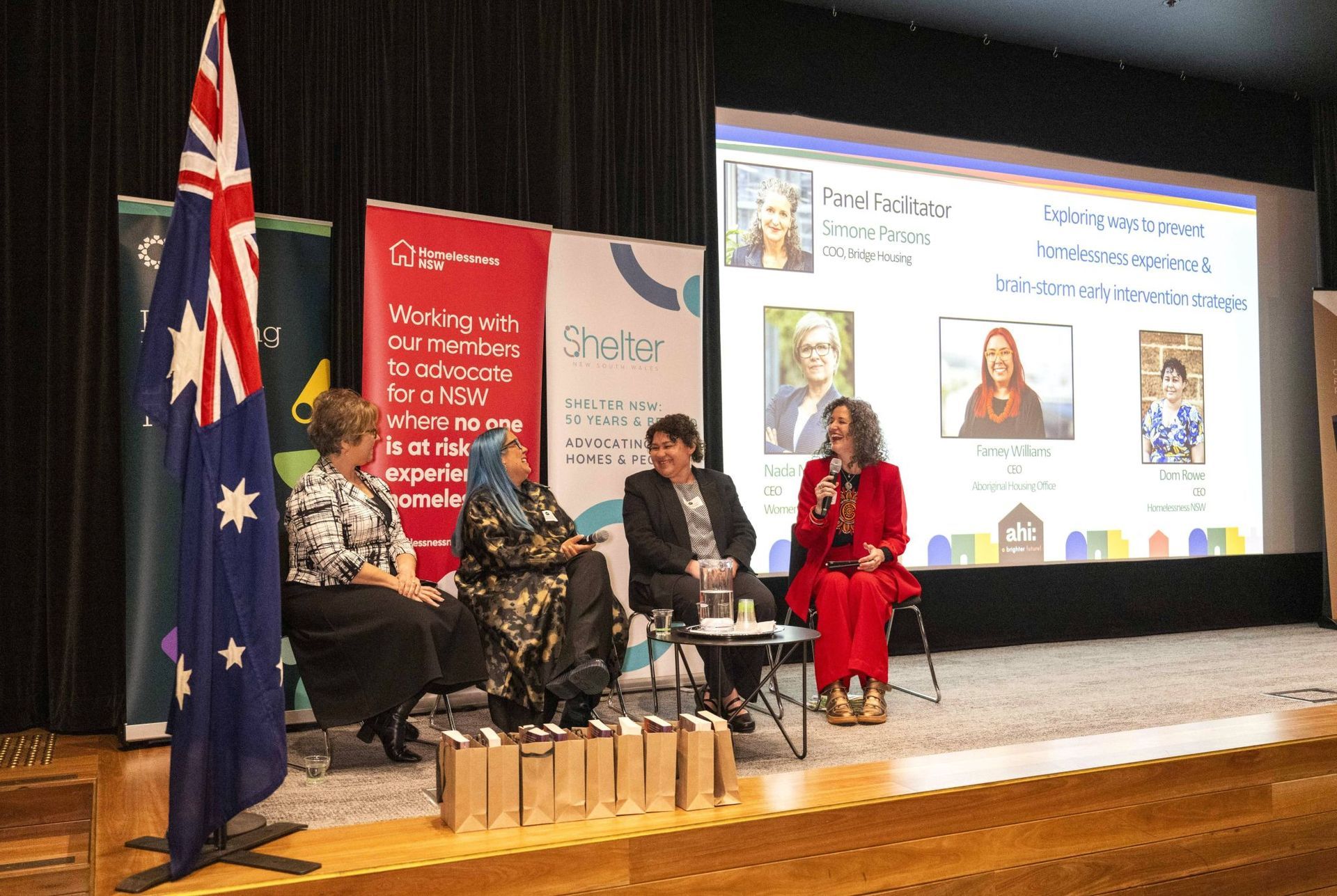ahi: Director of Aboriginal and Torres Strait Islander Housing, Adell Hyslop, expands on the struggles of community housing providers with Aboriginal housing in Australia during her time in the sector.
When it comes to Aboriginal housing, Adell Hyslop — a Wodi Wodi and Jerrinja woman with more than 20 years' experience in the social and community housing space — has pretty much seen it all. Her work goes back to 2001, when she was employed by the New South Wales Aboriginal Land Council. By 2006, circumstances saw her elevated to the position of acting CEO at the Jerrinja Local Aboriginal Land Council.
“It was on Country for me, and we had 27 properties," she explains. "They were all located on the former reserve and were under ownership of the land council, and so we were a landlord. That was the start of my management of social housing.”
At the time, “throwing money” at housing for Aboriginal people and expecting instant results was the modus operandi of both state and federal governments, pretty much without exception; a fatal flaw, says Adell, highlighting the disconnect between best intentions and practical support to achieve lasting outcomes.
As Adell details, “Land Councils were handed the keys to these new homes and there was no support after that to say what they needed to be doing. ”Back in those times, Land Councils received no support from any government agency, or any sort of peak body for housing to say, 'Here's the tools and resources on what's best practise in managing housing’. The Aboriginal Housing Office would provide financial support in addressing OH&S requirements; to try and bring houses up to standard, but you have properties that were built in the late '70s as part of a federal government initiative that were poorly built, so we were on the backfoot already.
“I know there's a lot of good intentions––there's always good intentions."
“When you don't have that guidance, it's very quick to fall into a trap of not maintaining properties," she continues. "When I started in 2006, our properties were starting to deteriorate. There was very little money coming in from the tenants to pay for any of the outgoings or maintaining any of the properties. And so that was my first real eye-opener into managing social housing.”
“I know there's a lot of good intentions––there's always good intentions," she clarifies, "but, if you don't have the tools and the resources, you're really just setting people up to fail.”
In 2010, Adell moved into the role of Aboriginal Project Officer for the Federation of Housing in New South Wales—the peak body for New South Wales for community housing. The seven-and-a-half years she spent there highlighted what she believes is one of the key problems in the sector: the lack of Aboriginal people working in both the community housing and homeless sectors.
“At the end of the day, community housing is the largest industry that houses Aboriginal people,” Adell says. “The opportunity to work with all key housing sectors––being Aboriginal housing, community housing and specialist homelessness services––really gave me an insight into the differences between the sectors.”
Today, there are still a number of providers in the Aboriginal housing sector that do not have the support and skills essential for delivering meaningful outcomes in managing housing.
The opportunity to work in the NT as part of Adell’s consultancy business further highlighted these issues were not just related to NSW. She describes it as an opportunity to see the stoicism of smaller Aboriginal organisations in remote areas and how they manage their housing stock.
“It’s sad to see Aboriginal community-controlled organisations––with very limited resources, skillsets and minimal funding––expected to manage properties and meet the compliance of government funding," she admits. "It's very challenging in the top end because of the isolation and the challenges they have with basic day-to-day living. The support to create the tools these organisations need to embed into their housing management practices just wasn’t there.”
“Government actions seem to be, 'Well, here's some money, now go and work out what to do with it'."
“For many Aboriginal community-controlled organisations with housing, it seems, we're very much left to our own devices, and government doesn’t care,” Adell states in frustration. “Government actions seem to be, 'Well, here's some money, now go and work out what to do with it'. Where do you start if you don't have the resources or the housing and property knowledge? You go into survival mode.”
“Governments and critics of government-spending are quick to point out they’ve invested millions and it achieves little, yet government has invested into a sector that has limited skills in managing housing to a government standard. You've just thrown money and said, ‘Go work it out yourself.’ That's not okay.”
Adell believes the ahi: can play a crucial role in supporting Aboriginal housing providers by showing the Institute understands "that there are things you may not have, and we want to make delivery of housing simpler".
“While Aboriginal housing has the national housing body National Aboriginal and Torres Strait Islander Housing Association (NATSIHA) and the NSW state body Aboriginal Community Housing Association (ACHIA), we need something more on a broader scale, and to make sure the information that's being given is for everybody to access. I think that's where the ahi: can definitely play a big role.”
“At the end of the day, you've got to lead by example," Adell concludes. "If the ahi: can demonstrate it’s going to provide a cultural lens across its own organisational business functions––that the Board shows strong leadership in bringing that to the table––then that, to me, sends a very clear message to the housing providers and individuals that the ahi: is serious about bringing change. To me, being a sector leader or an industry leader, that's one of the key drivers. I think the ahi: has the capacity to do that.”
Share This Article
Other articles you may like






